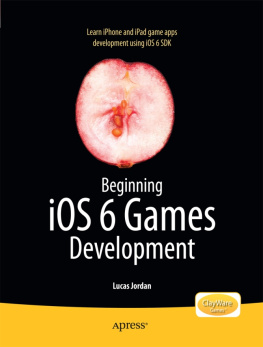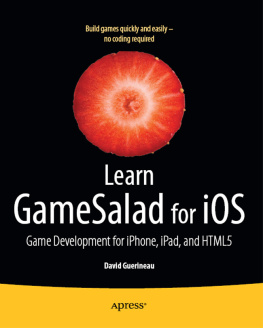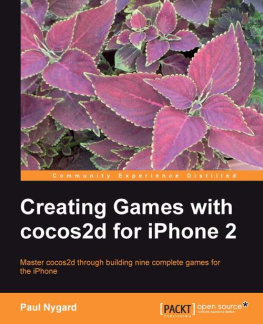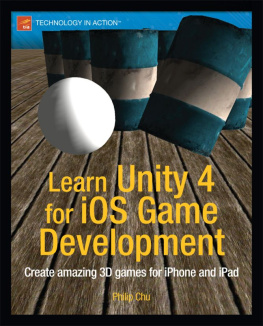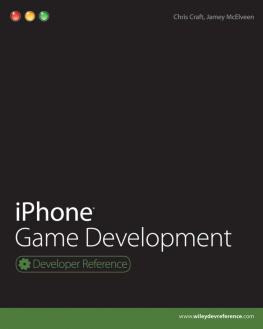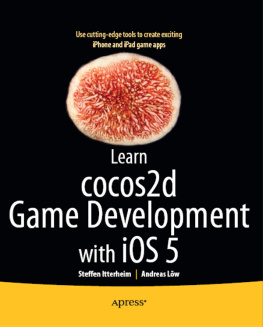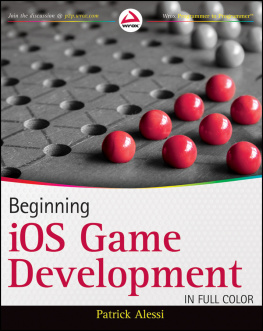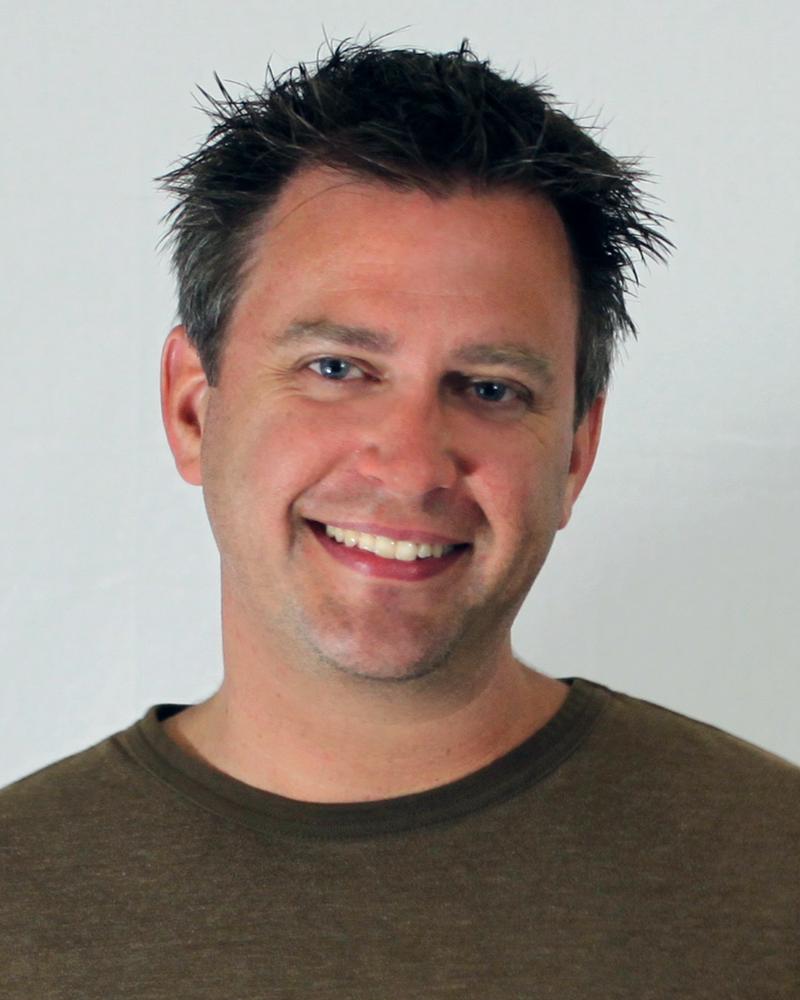Todd started his professional career as a student trainee for the CIA, and after graduating from Old Dominion University with a degree in computer science, he designed network security and cyber forensic products. Since then, hes had numerous appearances in front of audiences: everything from demonstrating how to crack a popular VoIP application at DEFCON 12 to competing on the NBC reality show Treasure Hunters .
Foreword
With the first Apple ][ it was very important for me to have a manual that would lead others to success and learning right from the get-go, even if the user had no relevant experience. Thats how we learn. We start entering code others wrote to see how it works and then over time we learn variations.
One of my skills has always been designing things with the absolute minimum amount of chips. Before starting Apple, I saw the game of Pong at a bowling alley and I thought it would be fun to try building it on my own. My version didnt have anything to do with Ataris, but I did do it at least a year before they came up with a home version of the game that worked with your TV.
All in all, I ended up with 28 chips for my Pong design. This was amazing because it was back in the days before microprocessors appeared. Every bit of the game had to be implemented in wires and small gates. There wasnt a software program that was loaded and executed, it was all hardwired.
I visited my teenage friend Steve Jobs, who was working at Atari, and showed it to a group of engineers there. And they loved it! Later on, Steve called me to say that Atari wanted to do another Pong-like game. Ataris founder Nolan Bushnell wanted me to do it because he knew how good I was at doing designs with the fewest possible chips. Nolan had been complaining that the Atari games were going higher and higher in chip count, approaching two hundred chips for a single game. He wanted them to be simpler. And hed seen how good I was at that.
They wanted a one-player version of Pong, but with bricks that would bounce the ball back to the paddle. It was called Breakout, maybe you remember it? So not even thinking about it, I said, Sure. Atari wanted it using the fewest chips possible and I was up for the challenge.
The whole game was implemented in four days and used only 45 chips.
The reason I like this book and agreed to write this foreword is because it carries a message Ive been holding closely my whole life. It is about simplicity and sophistication. Doing more with less. This recently has become even more important with todays mobile devices like the Apple iPhone.
Engineers should strive to do things more perfectly than even they think is possible. Every tiny part or line of code has to have a reason, and the approach has to be direct, short and fast. We build small software and hardware components and group them into larger ones. We write tiny bits of code to turn things on and off. Nothing would be elegant or beautiful without the engineer really thinking it outreally thinking about how to create the best possible end result with the fewest number of components or lines of code.
We build upon and build upon and build upon, just like a painter would with colors or a composer would with musical notes. And its this reach for perfectionthis striving to put everything together, so perfectly, in a way no one has done beforethat makes an engineer or anyone else a true artist.
Steve Wozniak
Preface
The App Store is one of the most innovative ways for an indie developer to publish their ideas to the world. You have probably heard the stories of developers striking it rich from an iPhone game they created in their spare time. Money is certainly a good motivator and why many developers are racing to get their ideas published. Do you have the next big game idea? This book is the complete do-it-yourself guide for anyone wanting to make the journey from game idea to App Store.
Ive never seen such a widespread interest in creating apps and games than right now. Everyone from full-time professionals to children with iPod touches will stop and ask me the same questions: You have games in the App Store? How long does it take to create them? And the one I hear most, Can someone like me do it? It seems as though everybody is interested in creating games for this new platform, but most just dont know where to start.
My entry into app development began August of 2008 when I started working on BubblePop. Its a game where you have to quickly pop moving bubbles filled with random numbers, and you have to do it in the correct order. I wanted my first game to be simple enough to quickly teach myself the platform, but challenging enough so my friends who helped test it actually found it fun to play.
When I started, I had no knowledge of the Mac, Xcode, or Objective-C. I also only had nights and weekends to work on my game. At the time, there werent any relevant books and what could be found online was more about creating apps for jailbroken iPhones and not the official iPhone SDK. Even though I had a lot of things to learn and a full-time job during the day, I was still able to finish my game in a week.

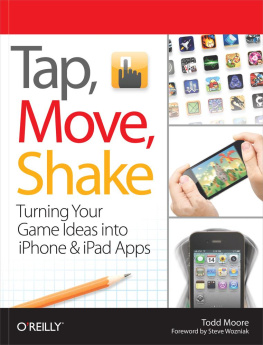
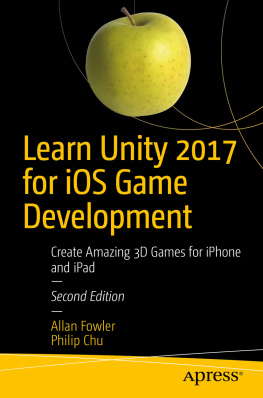
![Jayant Varma [Jayant Varma] - Learn Lua for iOS Game Development](/uploads/posts/book/124117/thumbs/jayant-varma-jayant-varma-learn-lua-for-ios.jpg)
